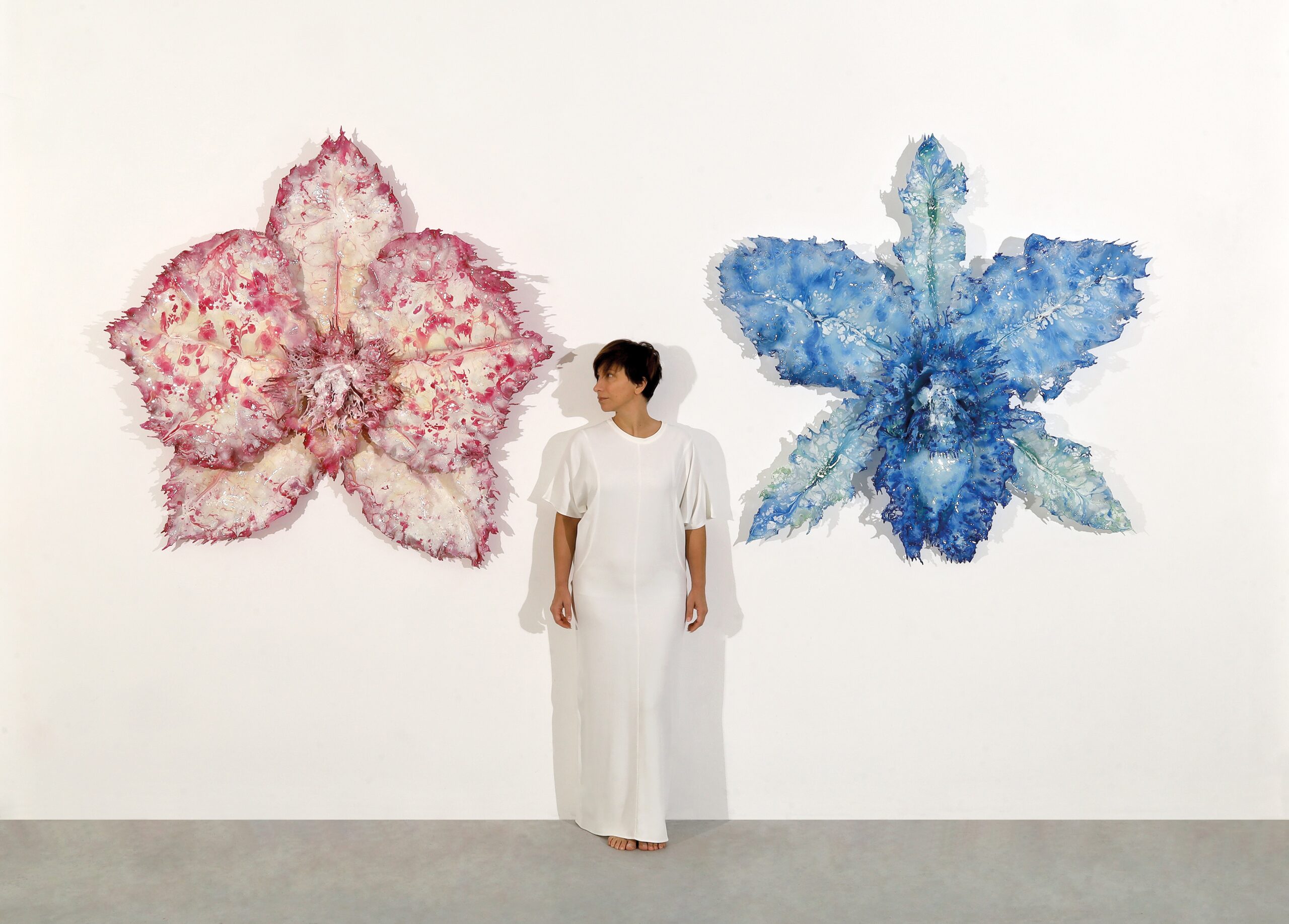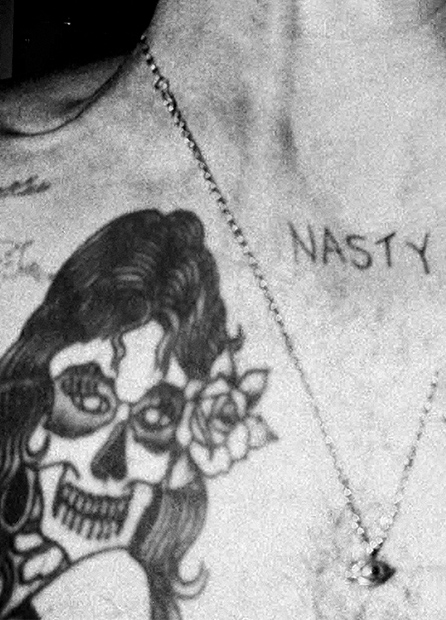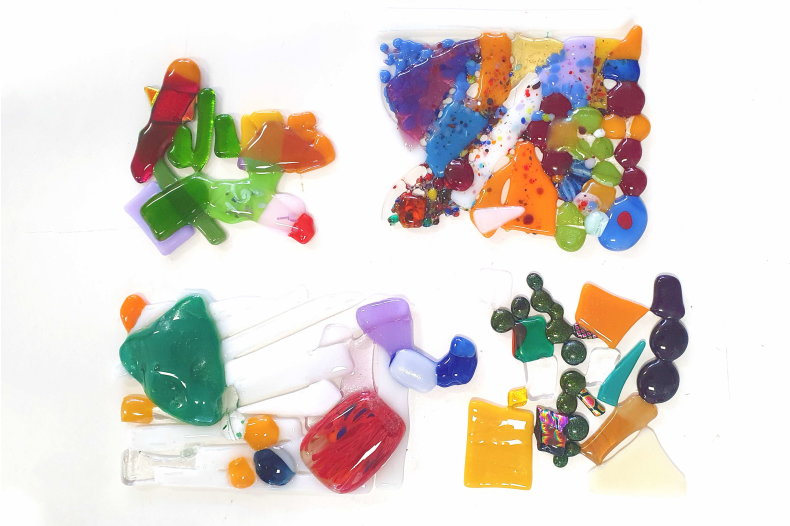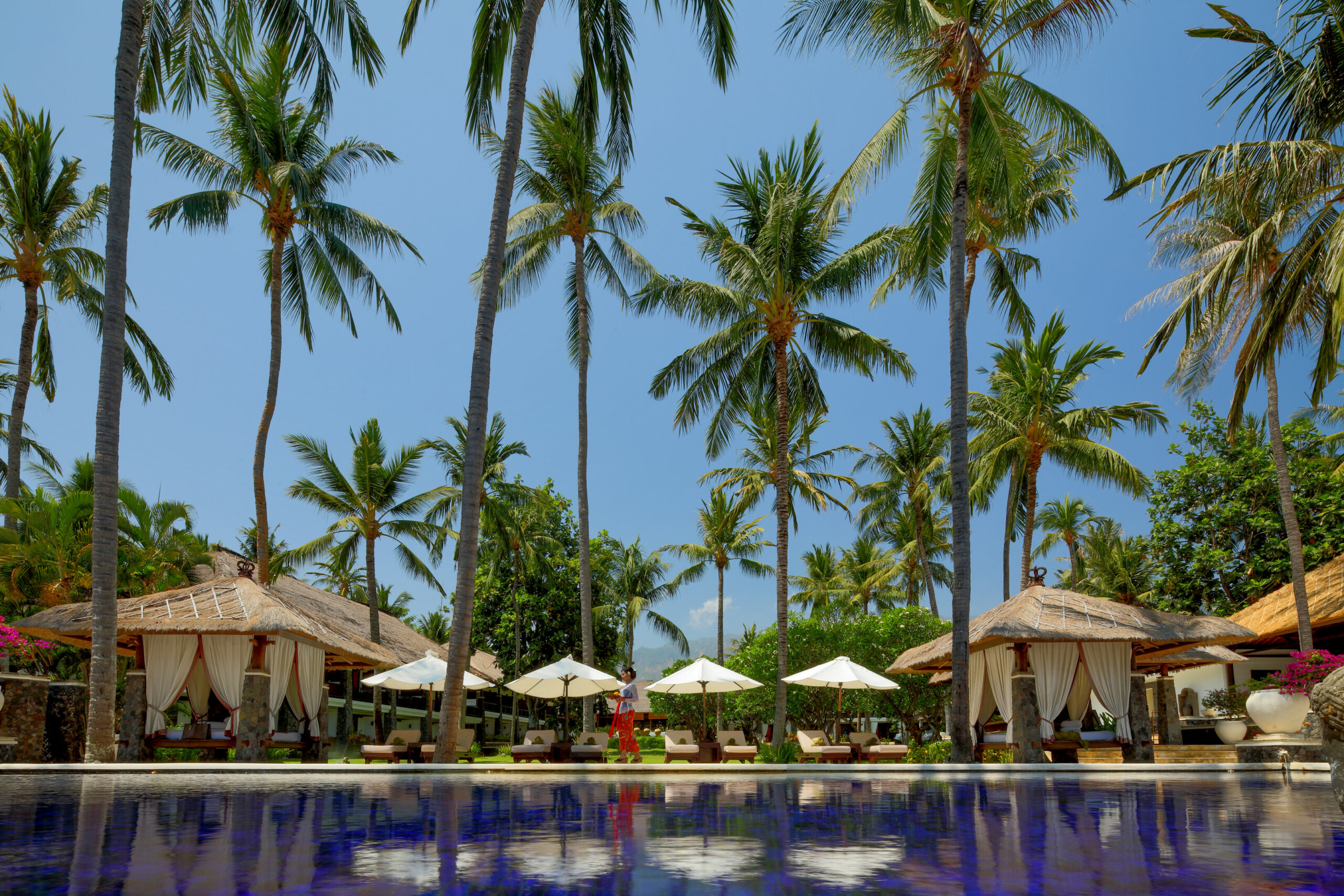Annalù, multi-disciplinary Italian artist, presents her first solo exhibition in Singapore’s Ode to Art Gallery and talks with BURO about spirituality in her works, nature-inspired themes and greatest influences, from J. M. W. Turner to Anish Kapoor.
Annalù was born in San Donà di Piave (Italy). Graduated from the Academy of Fine Arts in Venice, she lives and works there. Since 2001 her works have been shown in numerous personal and collective exhibits in Italy and abroad (the Venice Biennale is on the long list). Titled BLOOMING, her solo exhibition in Singapore features nine new works that breathe life into her vividly-coloured, iconic mandala with the use of different mediums: resins and paper, bark and glass wool, bitumen and sand, cement and roots.
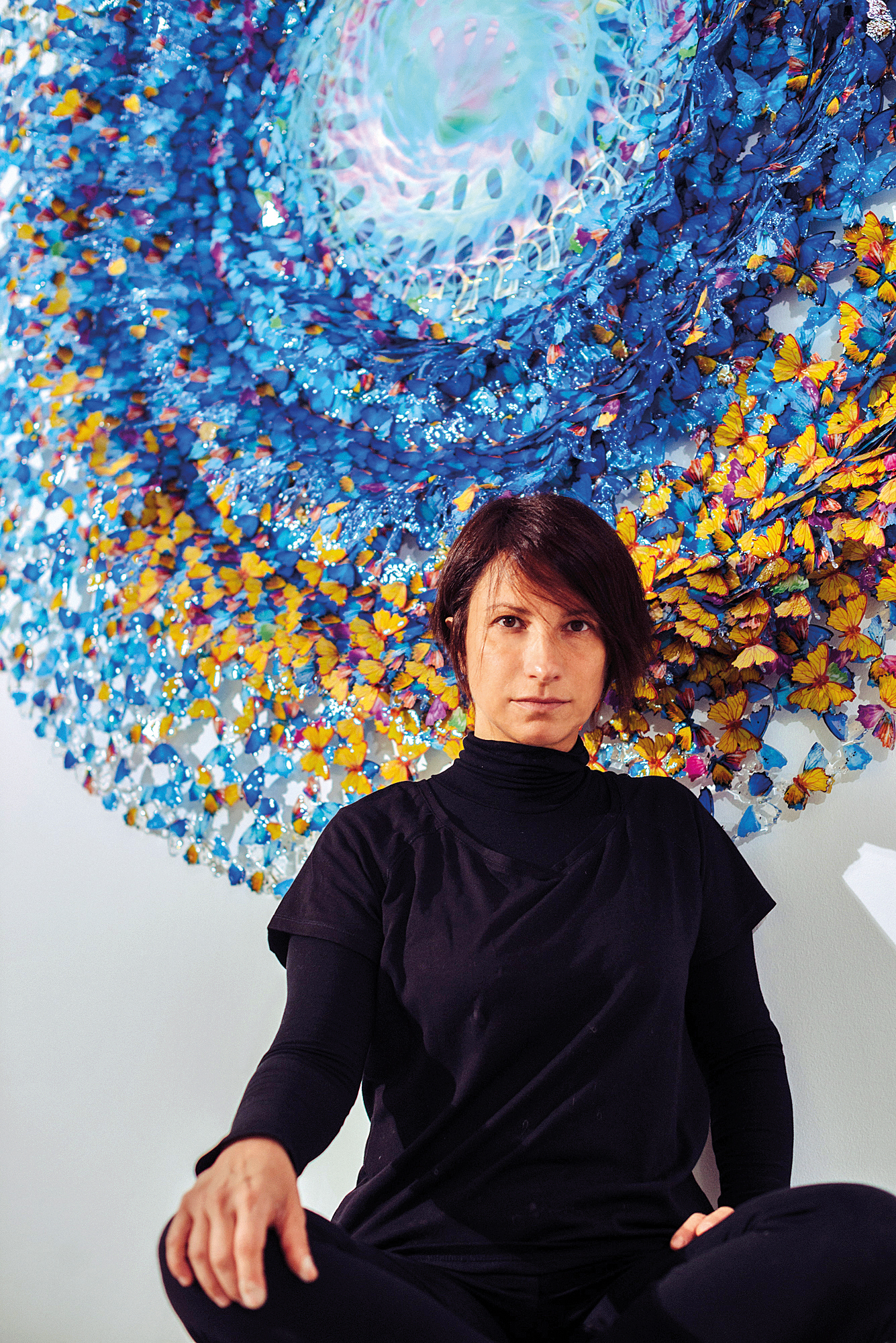
You are referred to as an “adept of metamorphosis”. Could you tell us more about it.
As an artist, I use my imagination to celebrate nature through my work, transforming it to metamorphic shapes and forms. Though my works are considered three dimensional, I do not label myself as a sculptor in the traditional sense, but rather a hybrid artist constantly experimenting and going through metamorphosis.
I use resin in my sculptures a lot, creating beautiful works that reflect moments between reality and fantasy, where art is the protagonist. It’s about the short circuit between the natural datum and a sumptuous artificiality, between the instant and eternity, between the apparent fragility and compactness of the material. In my works, there is a feeling of metamorphosis, of transition, evolution conceived as a journey between different conditions, diverse realities, a spirit of quest sharing some features typical of alchemic science.
How would you describe your artistic style and creative language?
I define myself as a sculptor of dreamlike forms suspended in dynamic balance. During my academic studies in Venice I was very fortunate to get not just a classical education, but to experiment a lot. This is how I started working with three-dimensional forms, using all possible materials. This approach allowed me to expand my vision, creating art outside the canon. I draw my inspiration from nature. I observe, listen, reflect and elaborate. I always start from reality but it always comes to transfiguring the forms. All the materials I use, from resins, to wood, papers, cements are the tools to shape my creative vision.
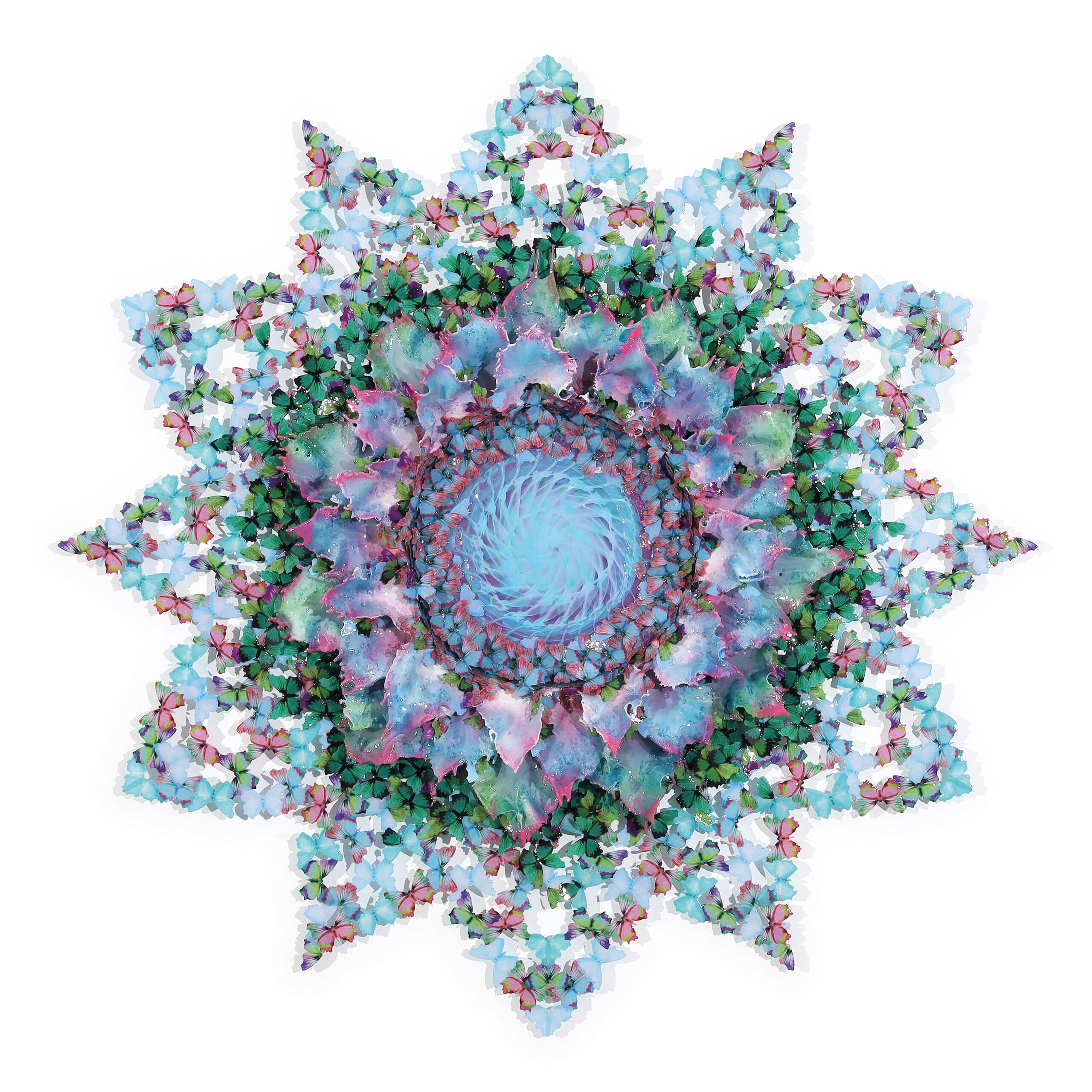
Who and what are your main artistic influences?
Friedrich and Turner for the atmosphere, Gustave Moreau for the symbolism, Anish Kapoor for the union between sculpture, genius and engineering, Mona Hatoum for the acuity and sensitivity, Gaudi for the playful aspect. However, the true master who always inspires me is Nature. It may seem banal but the Microcosmos and Macrocosmos are the teachers for me. We have everything in front of our eyes.
What are the main themes you explore in your work?
I talk about spirituality using related symbols, e.g. butterfly as an allegory and symbol of the soul, fragility and brevity of life. I never focus on the carnal aspect even when I address the topic of body. E.g. in my famous work the FLYING FEET that takes inspiration from the myth of Hermes, the body becomes the metamorphosis of a flight: the anatomy of the legs is created by the movement of butterflies that aggregate in an ascensional dance. While going up, the butterflies free themselves making clear the sense of passage, evolution and liberation.
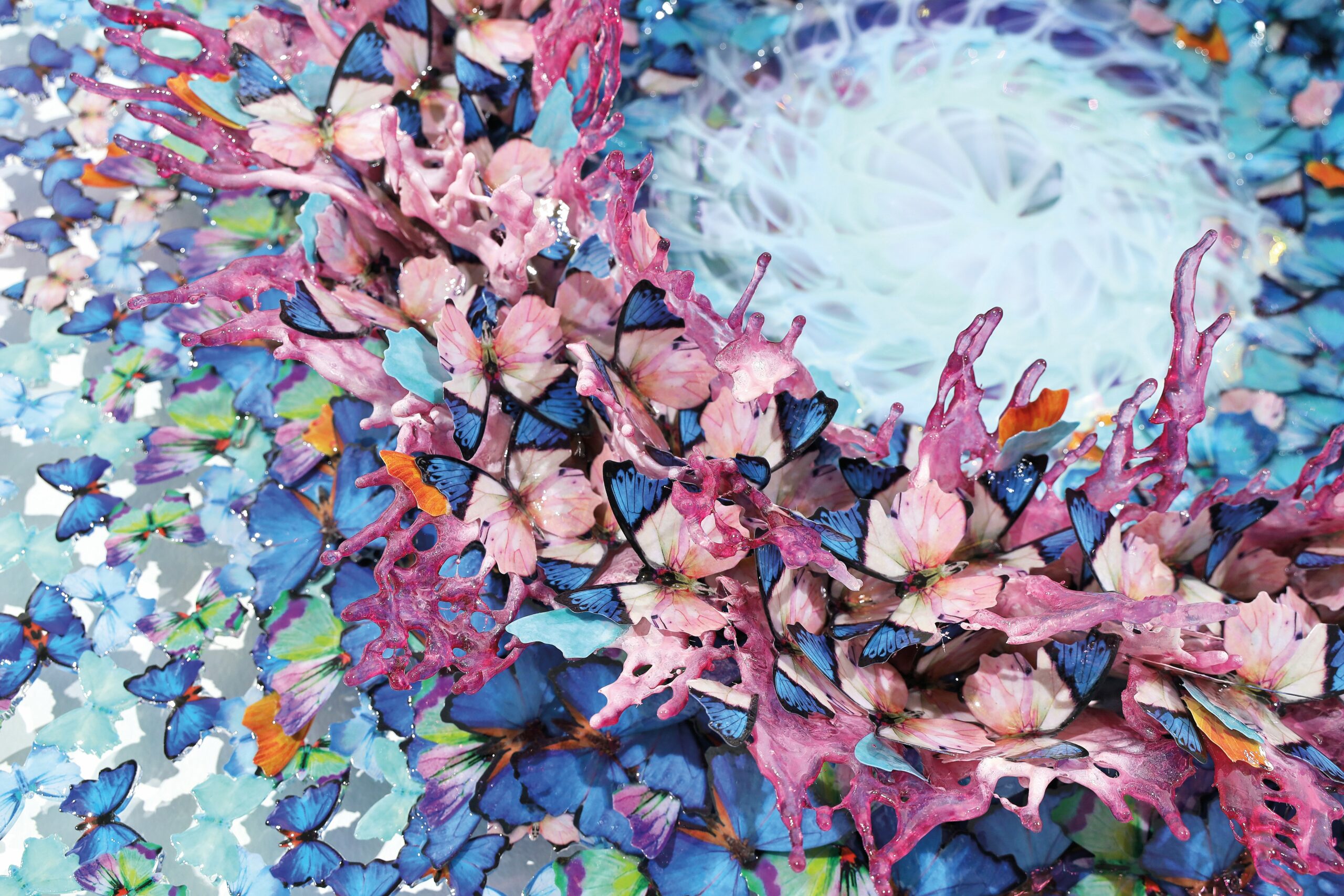
Can you walk us through your creative process from idea to completion? Do you have any specific rituals or practices that help you get into a creative mindset?
It all starts in my mind. A stimulus object, such as an image, an idea, a story or music can evoke the inspiration episode. I usually make fast sketches. This is something very intimate that I don’t show to anyone. Drawing, painting and coloring objects like large flowers are very intimate moments too, I have to be alone in the studio. I spend many hours there, 10-12 hours daily.
Which pieces of work are you most proud of and why?
I would say it is BLUE, artwork that is very special for me. A surreal tree where the trunk is made using cast of my hands and those of my father. It is a very heartfelt work created just few days before his death.
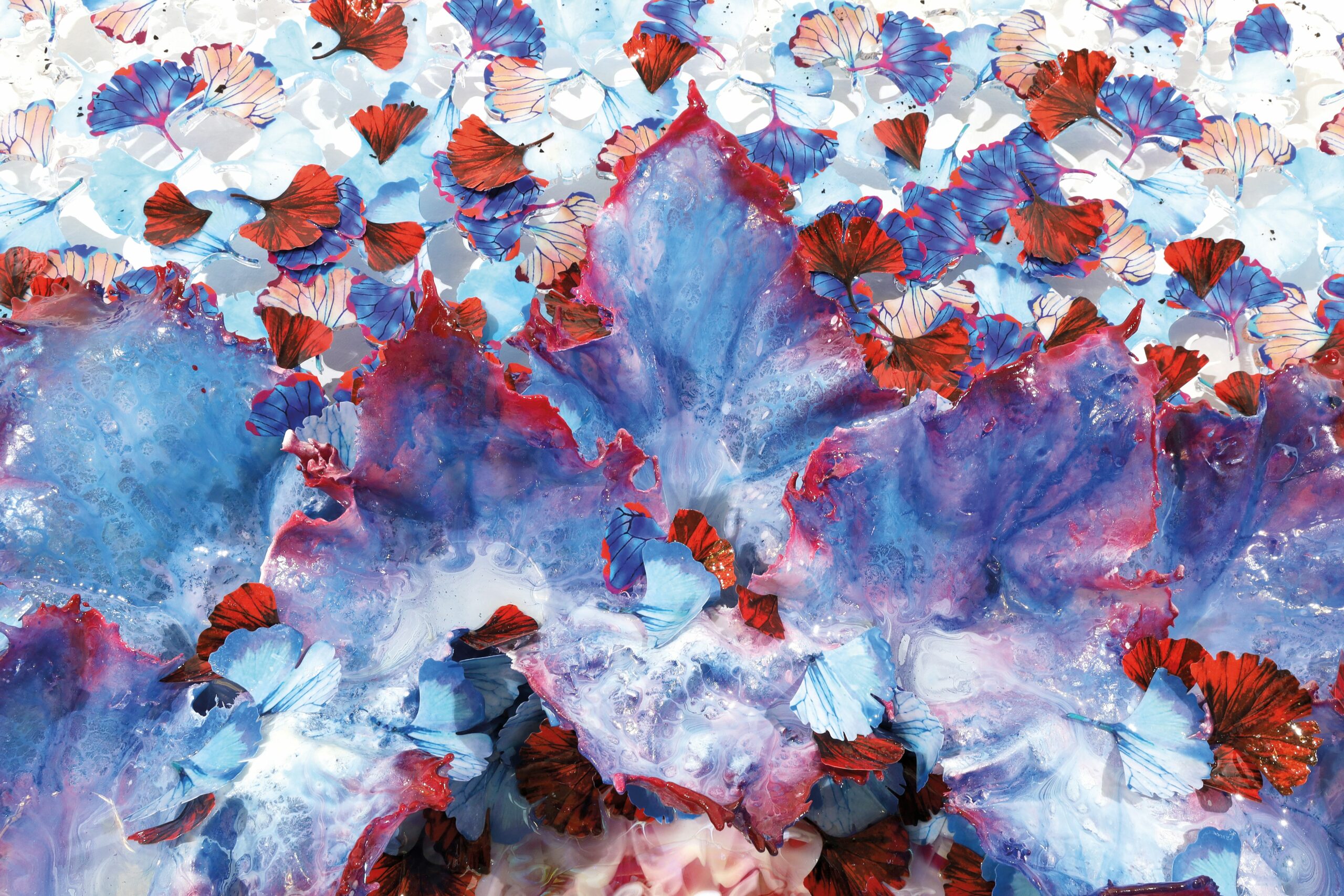
With your experience with NFTs, how do you see the future of art, biggest challenges and opportunities?
Approaching this new world, I wanted to explore it, to understand its mechanisms and opportunities it gives. My experience was about personal exploration and research.
When I started working with digital art and NFTs, my initial idea was to tell stories, the same stories I tell creating my sculptures. My NFTs are short films that reflect my mood and ideas, the concepts of fluidity, lightness, daydreaming, suspension of time. The decision was also dictated by the desire to approach a new form of art collecting which is completely different from the classic one.
ADVERTISEMENT. CONTINUE READING BELOW
